Despite all this a number of boys said they wouldn't go and the reason they gave was that they be allowed to have their phones for a week. Maybe these young teenagers are already running their own businesses but I imagine that their messages are rather more mundane than that, although at that age I'm sure are equally important. Rather sad though, if in the future if there’s no reception or you can’t take your phone, will anybody go there?
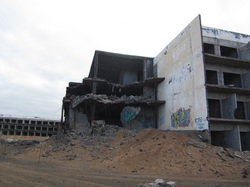
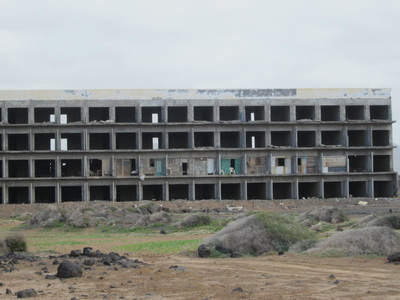

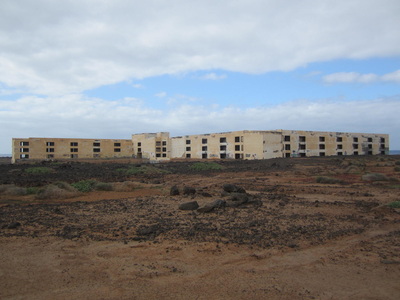
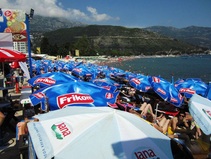
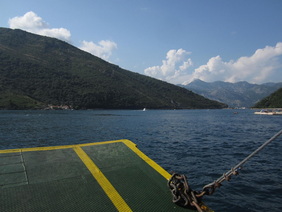
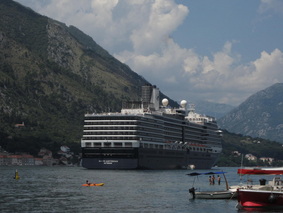
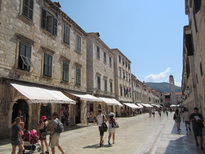
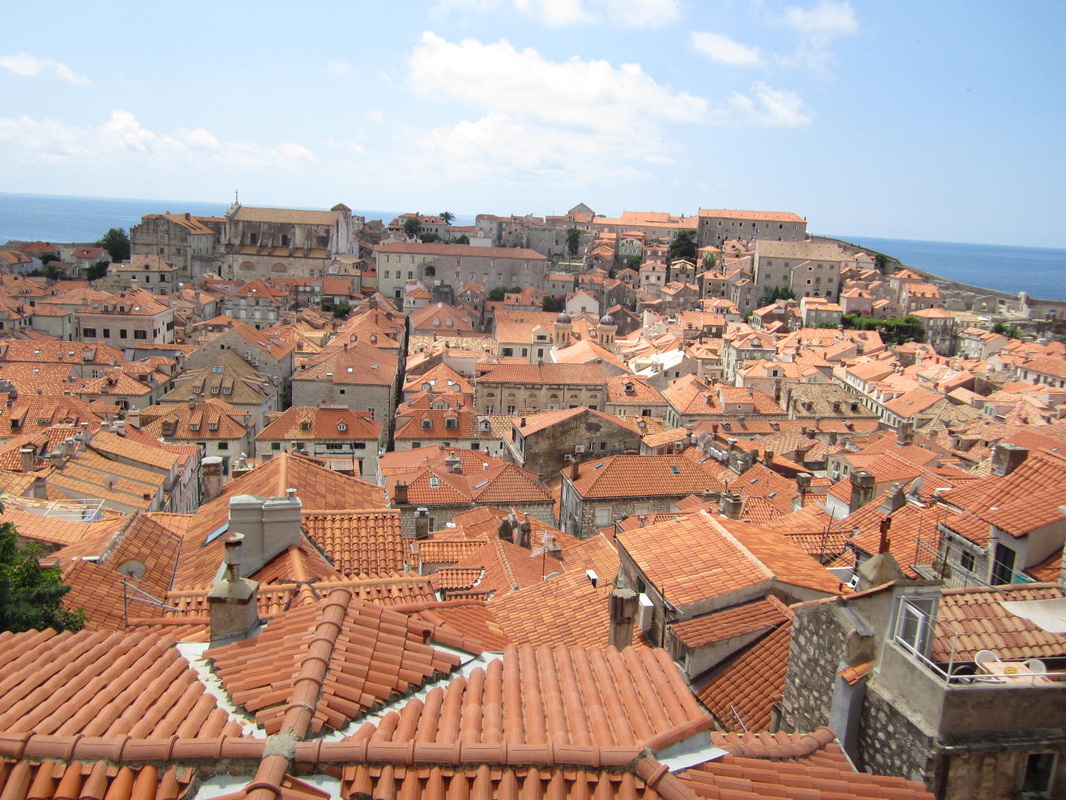
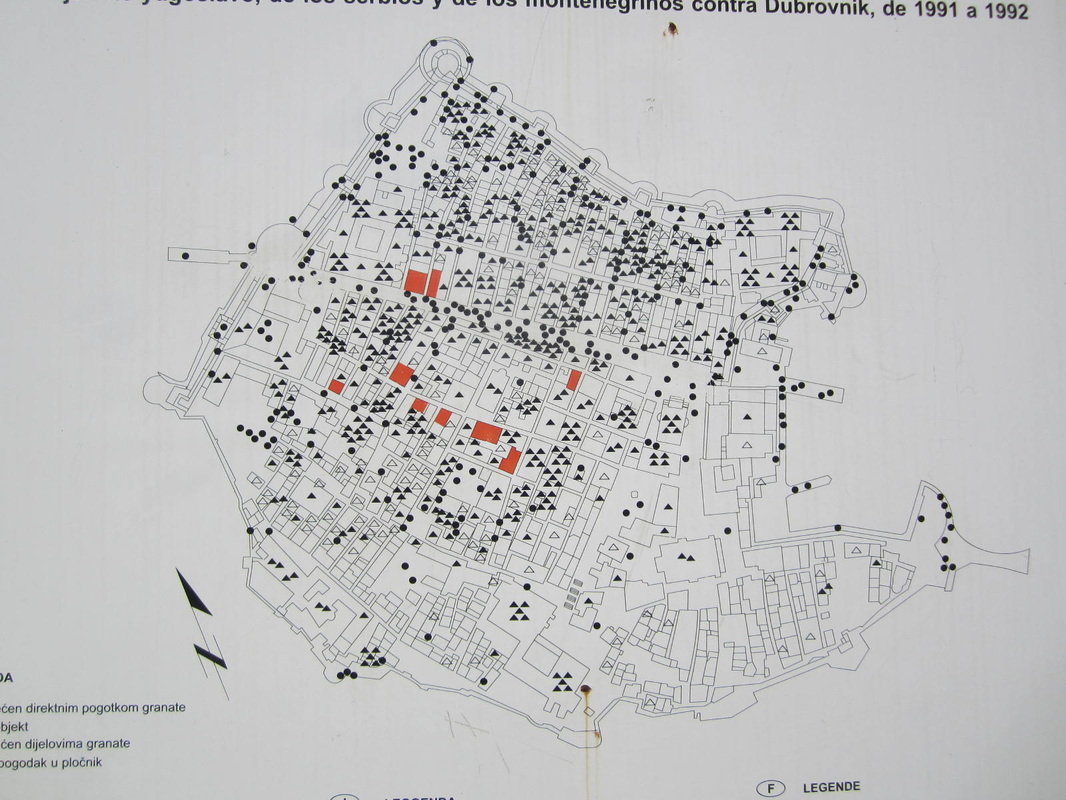
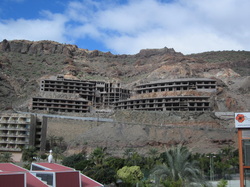
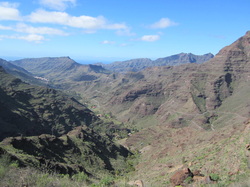
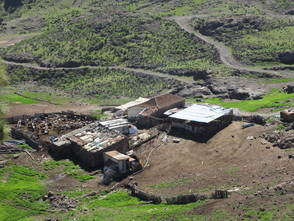
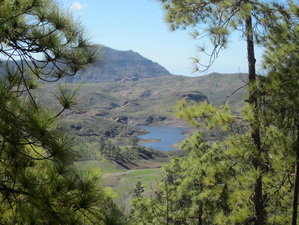
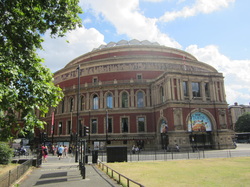
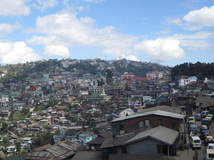
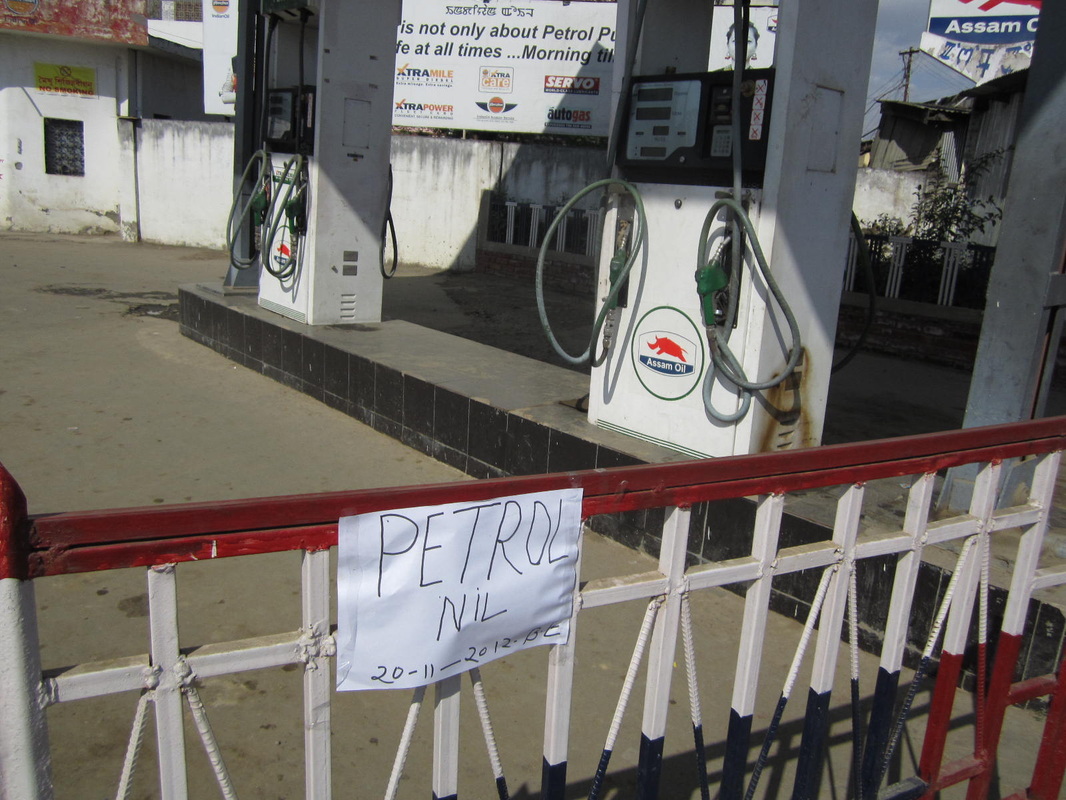
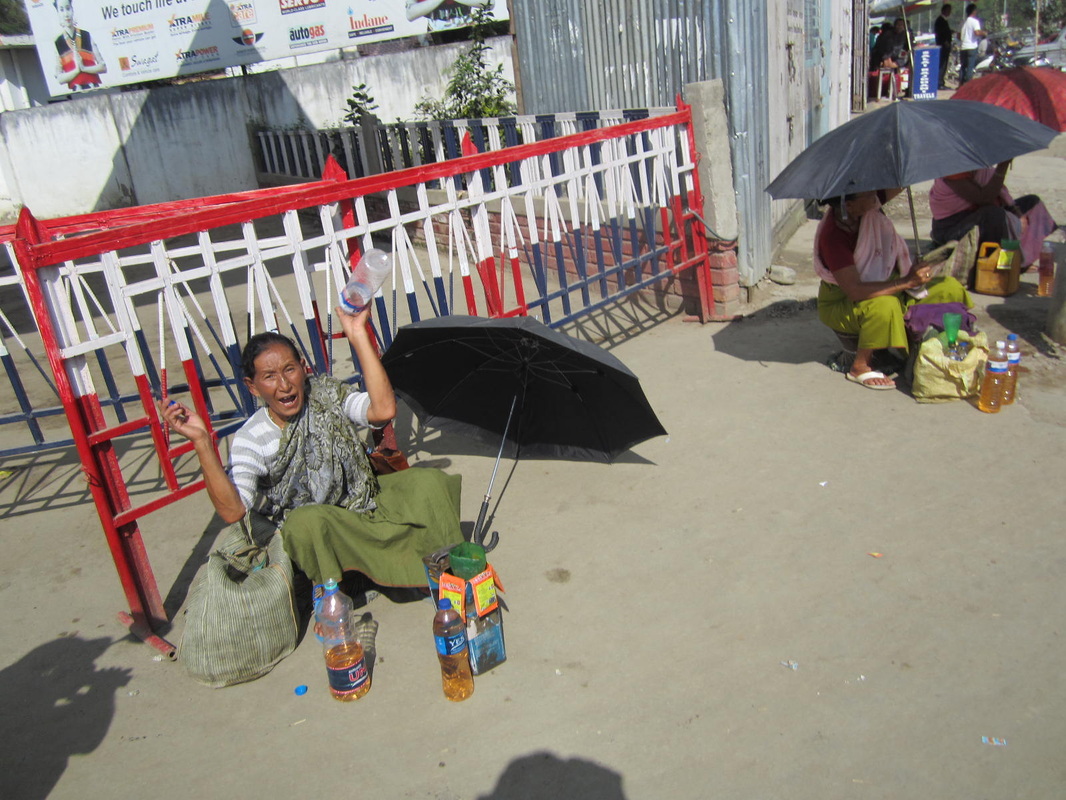
 RSS Feed
RSS Feed
